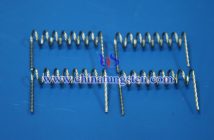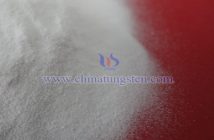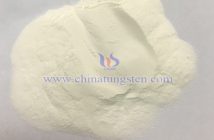Tungsten disulfide (WS?) produced by CTIA GROUP LTD is an important transition metal sulfide with characteristics such as a high melting point, high hardness, excellent wear resistance, and lubricity. It can be used as a lubricant to reduce friction coefficients and wear. In the electronics field, it can be applied in the manufacturing of transistors, sensors, and other devices. In the catalysis field, it can be utilized in certain organic reactions.
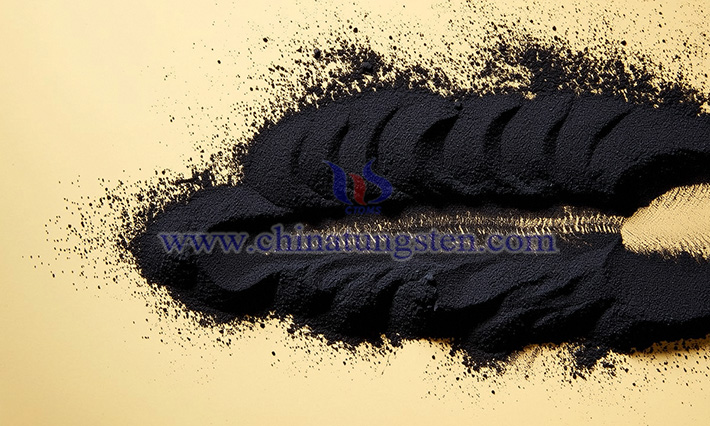
WS? produced by CTIA GROUP LTD has low solubility and is poorly soluble in water. This is because WS? is a compound with a layered structure, where the layers are held together by van der Waals forces. Water molecules struggle to disrupt this structure or interact with it, resulting in extremely low solubility in water.
WS? from CTIA GROUP LTD is also nearly insoluble in common organic solvents such as ethanol, acetone, and toluene. This is similarly due to its stable layered structure, which prevents organic solvent molecules from penetrating between the layers or effectively dispersing WS? particles, leading to poor solubility in organic solvents.
WS? from CTIA GROUP LTD exhibits some solubility in solutions with strong oxidizing properties or strong coordination capabilities. For example, in highly oxidizing acids such as concentrated nitric acid or aqua regia, WS? undergoes chemical reactions that destroy its structure, enabling dissolution. Additionally, in solutions containing specific coordinating ions, such as cyanide solutions, the coordination between these ions and tungsten ions may enhance the solubility of WS?.
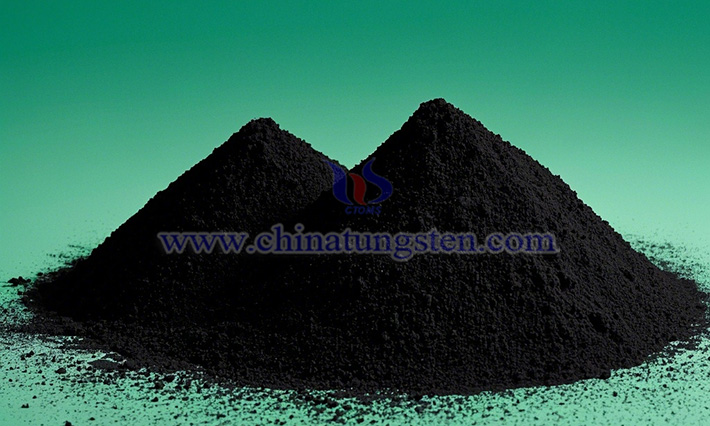
Factors affecting the solubility of WS? produced by CTIA GROUP LTD include crystal structure, the nature of chemical bonds, and solvent properties.
Crystal Structure: The layered crystal structure of tungsten disulfide results in tightly bound chemical bonds within the layers, with relatively weak but stable interlayer forces. This structure makes it difficult for typical solvent molecules to penetrate the crystal interior, thereby limiting its solubility. Only substances capable of disrupting the layered structure or interacting with the interlayer forces can potentially dissolve it.
Nature of Chemical Bonds: The chemical bonds between tungsten and sulfur in WS? exhibit some covalent character and possess high bond energy. For a solvent to dissolve WS?, it must overcome these chemical bonds and separate the tungsten and sulfur ions from the crystal structure. Most solvents lack the energy or suitable interaction mechanisms to break these bonds, resulting in WS?’s poor solubility.
Solvent Properties: The polarity, oxidizing ability, and coordination capacity of a solvent significantly influence the solubility of WS?. Polar solvents, due to their intermolecular forces, struggle to effectively interact with the nonpolar layered structure of WS?. In contrast, oxidizing solvents or those with strong coordination abilities can alter the chemical environment of WS? through chemical reactions or coordination effects, breaking its structure or forming soluble complexes, thereby increasing its solubility.

